1、 Overview
With the rapid development of autonomous driving technology, intelligent headlights have become one of the key innovations to enhance driving safety and experience. How to make headlights intelligently respond to dynamic scenarios such as road conditions, weather, and pedestrians in complex driving environments has become a major challenge for car manufacturers and technology companies. Traditional physics testing is not only time-consuming and costly, but also difficult to cover all extreme scenarios. As a globally leading high-precision driving simulation platform, rFPro provides unprecedented technical support for the development and testing of intelligent headlights.
In this article, we will guide you on how to use the rFPro software platform for virtual development and testing of intelligent headlights, accelerating the process from design to mass production while significantly reducing the time and cost of traditional physical testing.
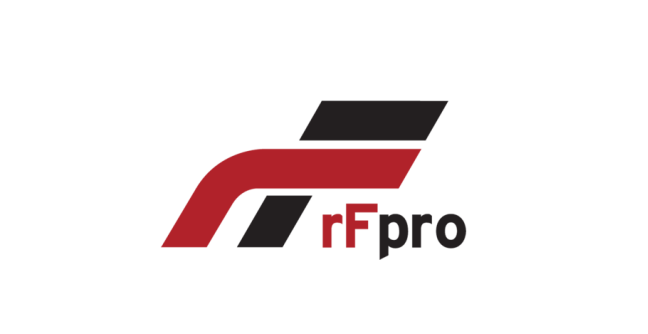
2、 Introduction to Test Plan
With the advancement of intelligence in the automotive industry, the headlight system has evolved from basic functional lighting to an intelligent visual interaction system. Since 2020, car lights have begun to develop in multiple directions, including intelligence, pixelation, laser technology, as well as perception, decision-making, planning, control, and interactive experience. For example, smart car lights can automatically adjust the projected light according to the surrounding environment on the basis of basic lighting, in order to avoid interfering with the normal passage of pedestrians or other vehicles. On narrow roads, smart headlights can project width lights to provide drivers with higher safety assurance. In adverse weather conditions, smart car lights can display weather signs to enhance driving safety. In order to develop and test smart car lights, many customers are seeking efficient and safe testing methods. The simulation testing based on virtual scenes provides an effective solution for the development and testing of intelligent headlights.
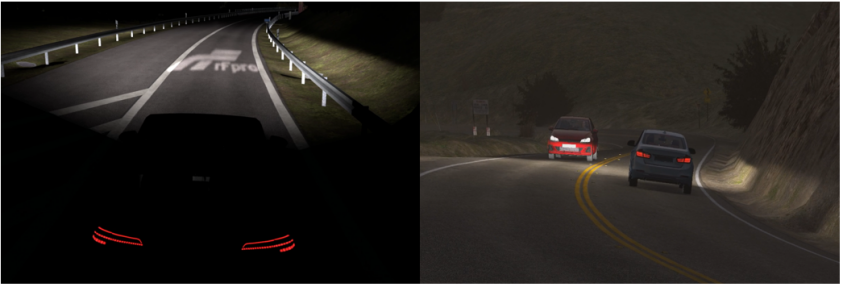
Users can use the rFPro scene simulation tool as a basis to build solutions for intelligent lighting SIL/HIL. The testing plan flowchart is shown below:
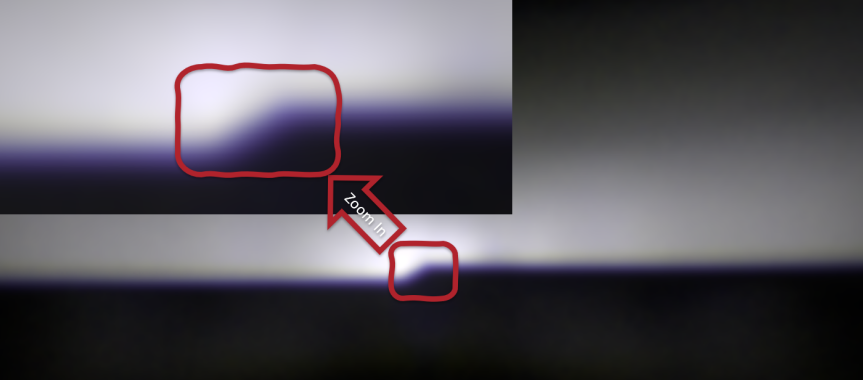
Figure 1 Schematic diagram of headlight testing plan
Users can load the required EXR and IES vehicle lighting test files into rFPro and control the status of these lights through C++API or Simulink module. The simplest way is to use the Simulink API and rFPro's specially designed module set. Users can control them based on direction (pitch, yaw, roll), position, intensity, and color, as shown below:

Figure 2 Real time control of direction, position, brightness, and color of lights by rFPro
Users can use higher precision RGB lighting to simulate color scattering in headlight beam patterns. In rFPro, users can see blue edges in the illuminated area caused by the dispersion of light passing through the headlight lens; RFPro can directly extract the angles of RGB lighting distribution from EXR files.

Figure 3 Simulation of rFPro Light Dispersion Effect
Users can load multiple IES light files to form matrix headlights, and rFPro's API interface allows users to create control algorithms in Simulink to manage the on or off of each light source in the matrix headlights. This can not only adaptively adjust the lighting range based on parameters such as vehicle speed and steering angle, but also accurately control the shape and direction of the beam, avoiding glare to oncoming vehicles or pedestrians.
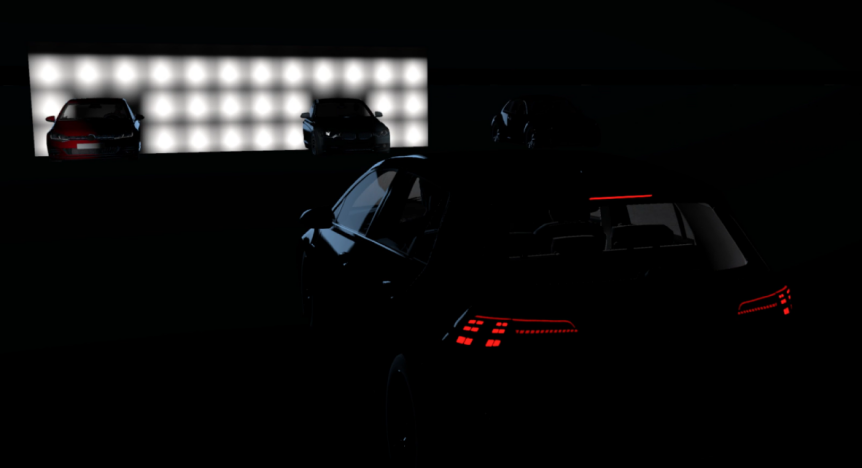
Figure 4: rFPro can simulate the control and light distribution of complex matrix headlights
The internal lighting distribution of rFPro can achieve a resolution of 0.1 °, which enables it to accurately simulate details in the headlight beam, including lighting patterns.
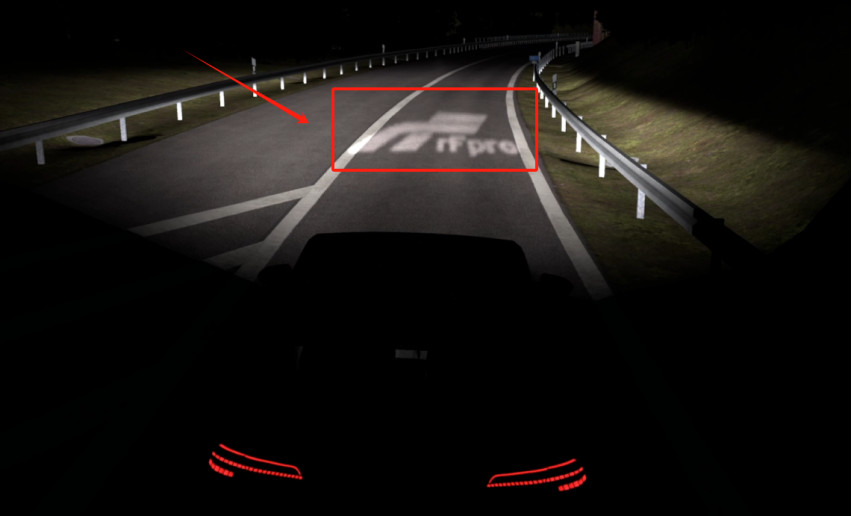
Figure 5: Simulation of rFPro Headlight Pattern
(To be continued......)
In the next section, we will further introduce the performance testing of automotive intelligent headlights based on rFPro software in a virtual simulation environment, as well as the comparative analysis with the real environment.